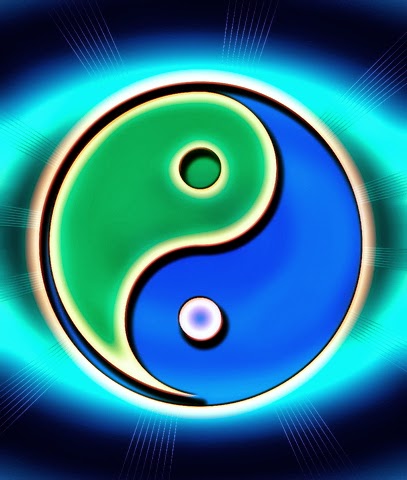Traditional Chinese Medicine (TCM) is a holistic healing system that has been in use for thousands of years. TCM is still commonly used today in clinics and hospitals throughout China and most of Asia.
The techniques of Chinese Medicine, were developed with the principle that the best medicine encourages the body’s own healing abilities. Using acupuncture, herbal medicine, and other treatment modalities, Chinese medicine works to restore balance to the body and mind.
4 Common Chinese Medicine Treatments
Acupuncture is probably the best known TCM (Traditional Chinese Medicine) technique, it promotes healing by regulating the flow of Qi (vital life energy in the body, pronounced “chee”). This is done by inserting very fine needles into specific points in the body. Over thousands of years, TCM has mapped out the flow of Qi in the body through a system called meridians.
Each of the 12 main meridians connects to one specific organ, or group of organs, that govern particular bodily functions. Illness results when Qi stagnates or is blocked, or when the body has too little, or too much, of it. When energy flows freely, well being is restored.
Another form of acupuncture sometimes used by practitioners is electro-acupuncture. This is very similar to traditional acupuncture except that, after the needles are inserted, they are attached to a device that generates electric pulses. This additional technique is used to treat pain and relax muscular tension as well as to provide extra stimulation to specific points.
Most patients find their acupuncture sessions comfortable and relaxing. Often symptoms are reduced very quickly but for sustained results more than one treatment is usually required especially for complex, longstanding complaints.
Cupping is an ancient technique that involves placing jars on the skin, suctioning out the air and creating a vacuum. The underlying tissue is raised, or sucked, partway into the cup. The purpose of cupping is to enhance circulation, help relieve pain, remove “heat,” and pull toxins from your body’s tissues.
You usually will feel a tight sensation in the area of the cup, often this is relaxing and soothes aching muscles. Cups maybe moved around or left in place for 5-20 minutes. Cupping causes the skin to temporarily turn red, blue or purple, especially if there is an energetic blockage under the cups.
The skin discoloration may last anywhere from a few days to a couple of weeks. It often works wonders for patients with the flu, colds, coughs, back pain, muscle pain, red itchy skin conditions (cups are not applied to the inflamed area.), allergies, fevers, aches and pains.
Moxabustion (Moxa) involves burning the herb known as mugwort a safe distance from the skin to warm an acupuncture point. Moxa creates a comfortable sensation of heat, warming the meridians and opening the channels. It also helps improve circulation, expels cold and dampness and warms the uterus.
There are many forms of moxa. It can be a stick, used atop a needle or used in conjunction with ginger or a moxa bowl. Some of the main disorders treated with Moxa include; asthma, diarrhea, rheumatic pain, abdominal pain, vomiting, certain gynecological disorders (it is often used to improve fertility), and any kind of pain due to cold or deficiency. In my practice I will often show my patients, whom I think would benefit from moxa, how to use it on their own so they can keep up their treatment at home.
Chinese Herbal medicine refers to the use of plants, flowers, minerals and animal sources for healing. In China, the recorded history of herbal medicine goes back to 500 AD. There are thousands of traditional Chinese herbal formulas and they can be very effective for a wide variety of complaints as well as to maintain overall health.
Unlike Western herbalism, Chinese herbs are almost always prescribed as formulas of multiple herbs, not as individual herbs. Herbs are highly specific in their actions and possess diverse properties to target different aspects of an ailment. They are classified as hot or cold, bitter or sweet, and more.
As an example, let’s take the common cold. Your cold may have heat signs, such as a thick yellow tongue coating, fever, yellow phlegm and a sore throat. When heat signs predominate, your herbal formula is likely to include herbs of a colder nature which are effective in cooling the heat in your body. However, if you had a cold and your tongue had a thick white coating, you had no fever, clear phlegm, and chills, warmer herbs would be the appropriate choice.
From this simple example, you can see how herbal formulas are specifically tailored to the individual needs of each patient. Herbs come in many forms, most popularly pills and teas. When used correctly under the guidance of your TCM practitioner, they are generally safe and rarely have side effects.
Chinese Medicine includes other fabulous techniques, but understanding some basics will give you a good start. If you want to know more read my new book ‘Adventures in Chinese Medicine: Acupuncture, Herbs And Ancient Ideas For Today’ or make an appointment with your local acupuncturist.



Comments 1
Pingback: Painful Intercourse May Be Due To Vulvodynia